All kinds of advanced weapons and equipment we see today are derived from the birth, learning and summing up of experience and lessons in previous wars, coupled with the development of science and technology, which of course also includes military boots. How did the military boots, which now look handsome and durable, evolve?

It was the winter of 1777-1778 that first made the U.S. military realize the importance of military boots. At that time, it was in the most difficult period of the American War of independence. George Washington led 12000 continental troops to spend the winter in fudge valley near Philadelphia and contain the British army. However, due to the lack of supplies and cold proof clothes and shoes, about 2500 people were killed.
After summing up the lessons and experiences of the war of independence, a pair of boots specially for the army was finally launched in 1816, called "Jefferson boots".
Although it was the first pair of military boots, it was very uncomfortable to wear, and there was no distinction between left and right feet at the beginning. In addition, there are only four sizes, and if there is no suitable one, it can only be customized. Then there are uneven heights of boots for officers and soldiers in the army, and even the height of the barrel has become a proof of their own value to compare with each other.

So in the second half of the 19th century, the military boots were changed into a low top + Leggings design, called service shoes. Since then, although it was replaced by "Auburn marching shoes", this design has been used until World War II.
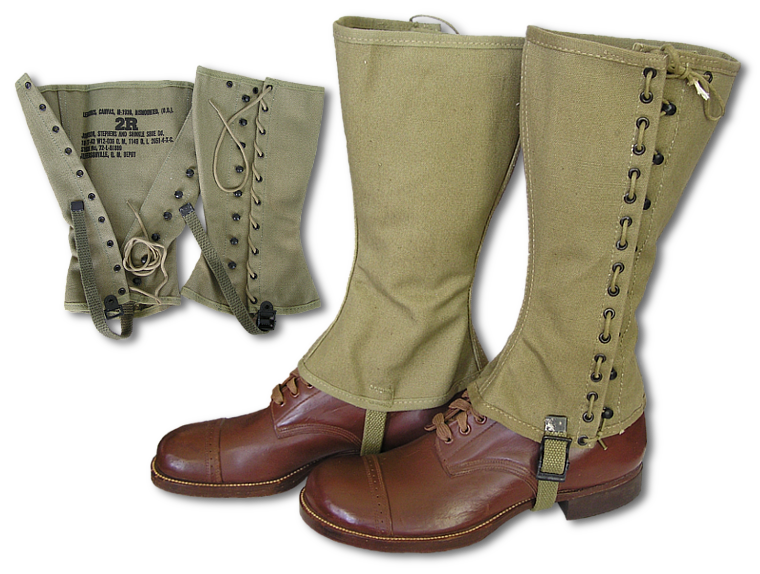
The "Auburn marching shoes" appeared during the Spanish American war in 1898 were full leather shoes, including leather soles, which replaced the aforementioned service shoes in 1904. After the outbreak of World War I, the United States developed a kind of trench boots called specially developed for trench warfare. On the one hand, they changed their clothes and sold them to France and Belgium. The so-called trench boots are equipped with five rows of studs on the sole to provide more grip, but they actually do not play much role. Moreover, due to the lack of waterproof performance, they also lead to "trench feet".
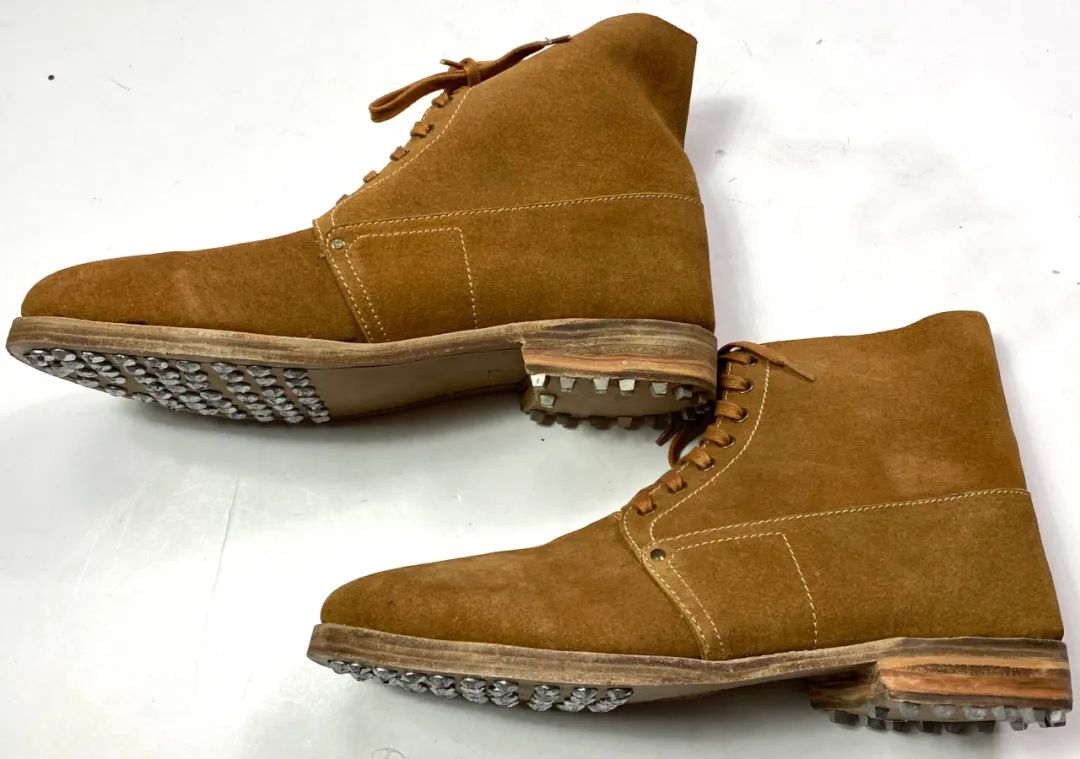
The so-called trench foot is caused by the fact that the foot stays in a humid environment for a long time and cannot disperse. After suffering from it, it will become swollen, numb and difficult to walk. In the worst case, it will lead to necrosis, decay and even amputation of neuromuscular tissue.
The most effective way to prevent this is to keep your feet dry.

So in January, 1918, after the United States entered the war, under the leadership of General John Pershing, the commander of the U.S. expeditionary force, the trench boots made a series of changes, including the use of thicker leather, the addition of waterproof function, the use of thicker soles, the addition of more studs and iron plates to provide grip, and so on. The improved boots are also called Pershing boots.
As a result, although the condition of the trench foot was greatly alleviated, the weight of the military boots increased significantly, and the soldiers nicknamed it "small tank" for this reason.
After that, the military boots were further improved during World War II. Although at the beginning of World War II, American soldiers mainly wore low top service Shoes + leggings, significant improvements were made in two aspects.
One is the paratrooper boots specially developed for paratroopers. In order to increase the wrapping of the whole foot to cope with the impact when landing, it adopts a high top lace up design similar to modern military boots, which is exclusive to the 101st and 82nd Airborne divisions.

The other is the Jungle Boots, which are specially designed for the tropical humid environment in the South Pacific war zone. They were tested in Panama before World War II, and then officially equipped in 1942, and developed two models of m-1942 canvas rubber Jungle Boots and m-1945 tropical boots.
Its characteristic is that after considering the fact that water resistance and comfort cannot be taken into account in the jungle, the rubber sole and canvas body are first used to reduce weight, and then the tread pattern of the rubber sole is used to enhance traction, and the canvas is used to prevent the entry of soil, sand and insects. For waterproof, the idea of making it easy to water and water, and can quickly restore drying is adopted, and ventilation and drainage openings are designed on the instep.
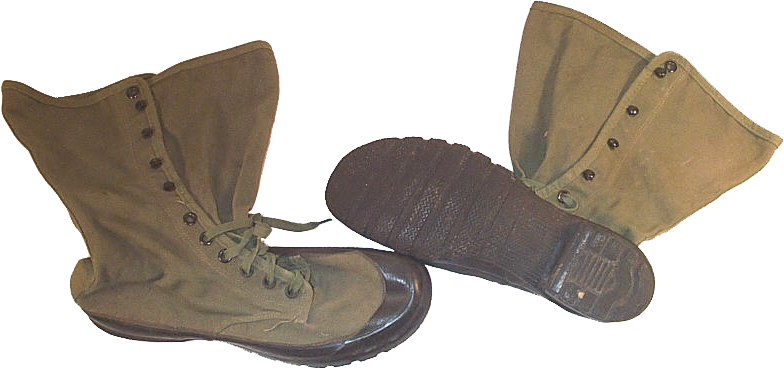
In addition, according to the characteristics of rubber soles and canvas shoes, the two boots are also equipped with "saran" mesh insoles, which can let the external dry air flow to the insoles and soles, maintain internal and external air circulation, and keep the feet dry.
It can be seen that jungle boots have many functions and characteristics of modern military boots. After World War II, the color of U.S. military boots also changed, from brown to black from 1957.
In addition, according to the characteristics of rubber soles and canvas shoes, the two boots are also equipped with "saran" mesh insoles, which can let the external dry air flow to the insoles and soles, maintain internal and external air circulation, and keep the feet dry.
It can be seen that jungle boots have many functions and characteristics of modern military boots. After World War II, the color of U.S. military boots also changed, from brown to black from 1957.
During the Vietnam War, the jungle boots were upgraded and the m-1966 Jungle Boots were developed. The main difference is that nylon mesh reinforcement was added to the high barrel of the boots, and leather coverage was added to the vamp and heel, which further improved the comfort and breathability.
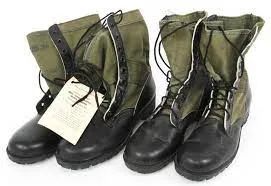
But just after the upgrade, the U.S. military had to face a much more terrible problem than the jungle environment, that is, the pole tip trap that caused heavy casualties to the U.S. military. The surgical report released by the U.S. military in 1967 alone showed that 324 soldiers lost combat effectiveness due to bamboo tip traps on average every three weeks.
During the Vietnam War, the jungle boots were upgraded and the m-1966 Jungle Boots were developed. The main difference is that nylon mesh reinforcement was added to the high barrel of the boots, and leather coverage was added to the vamp and heel, which further improved the comfort and breathability.
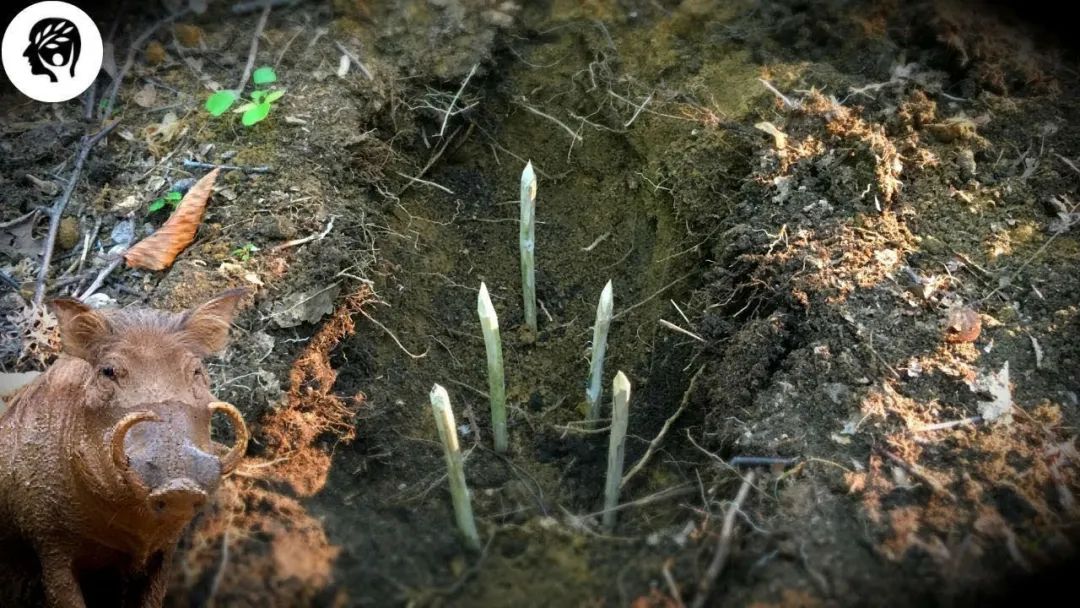
Therefore, in order to prevent the military boots from being pierced by bamboo tips, the U.S. military added a layer of stainless steel plate to the sole of the shoes on the basis of m-1966.
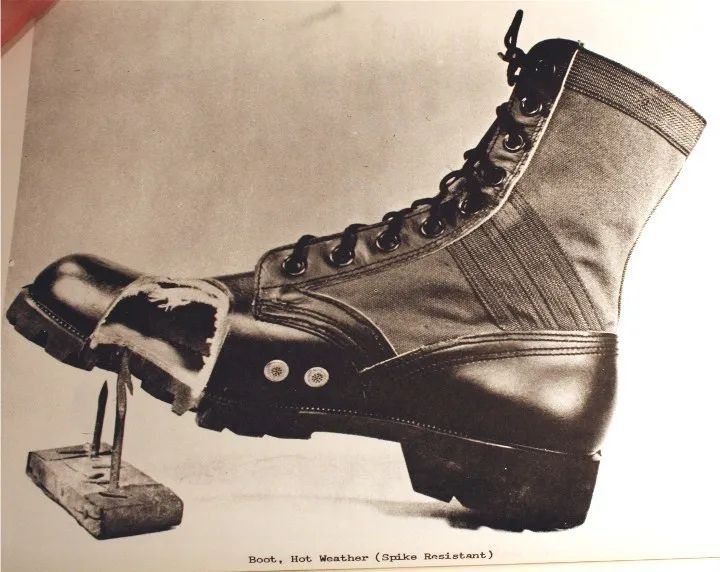
After the Vietnam War, the first Gulf War came when military boots changed again. Aiming at the combat environment in the Middle East, desert boots came into being. Its color has changed from black to coyote, and it is lighter on the whole. It uses vegetable tanning rather than chrome tanning technology to make the boots have the ability to "breathe". With the rough surface facing outward, it no longer needs polishing and is easier to maintain.